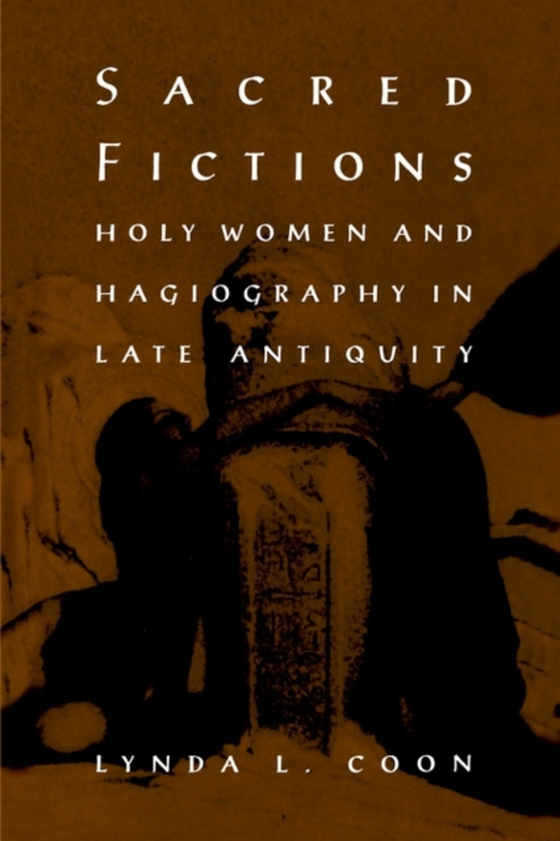
Sacred Fictions e-bog
774,44 DKK
(ekskl. moms 619,55 DKK)
Late antique and early medieval hagiographic texts present holy women as simultaneously pious and corrupt, hideous and beautiful, exemplars of depravity and models of sanctity. In Sacred Fictions Lynda Coon unpacks these paradoxical representations to reveal the construction and circumscription of women's roles in the early Christian centuries.Coon discerns three distinct paradigms for female s...
E-bog
774,44 DKK
Udgivet
24 november 2010
Længde
256 sider
Genrer
QRVP7
Sprog
English
Format
pdf
Beskyttelse
LCP
ISBN
9780812201673
Late antique and early medieval hagiographic texts present holy women as simultaneously pious and corrupt, hideous and beautiful, exemplars of depravity and models of sanctity. In Sacred Fictions Lynda Coon unpacks these paradoxical representations to reveal the construction and circumscription of women's roles in the early Christian centuries.Coon discerns three distinct paradigms for female sanctity in saints' lives and patristic and monastic writings. Women are recurrently figured as repentant desert hermits, wealthy widows, or cloistered ascetic nuns, and biblical discourse informs the narrative content, rhetorical strategies, and symbolic meanings of these texts in complex and multivalent ways. If hagiographers made their women saints walk on water, resurrect the dead, or consecrate the Eucharist, they also curbed the power of women by teaching that the daughters of Eve must make their bodies impenetrable through militant chastity or spiritual exile and must eradicate self-indulgence through ascetic attire or philanthropy.The windows the sacred fiction of holy women open on the past are far from transparent; driven by both literary invention and moral imperative, the stories they tell helped shape Western gender constructs that have survived into modern times.
 Dansk
Dansk

